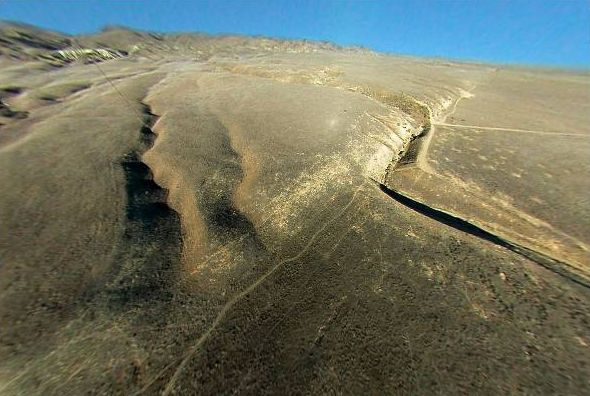For the First Time, Simulation Predicts Precisely How Materials Fracture
Taking the "what the frack" out of materials engineering

Puzzlement over how to predict fractures in real-world materials has finally given way before a new mathematical model that describes exactly how materials crack under pressure.
The simulation can predict crack patterns in materials that include glass, polymers, concrete, ceramics, metals and rocks. It replicates all stages in the fracture process from beginning to end, ranging from the microscopic scale to huge geological faults in the Earth that are responsible for earthquakes.
Such modeling found that materials can break in three different ways: top to bottom, horizontally like a cut, or as a tear, such as when a cable gets pulled and twisted simultaneously. Polymer materials crack like rocks, and glass breaks along the same crack lines as the Earth’s geological faults.
Scientists previously struggled with just modeling how 2-D objects such as paper would rip or tear. The new model, detailed in the first March issue of the journal Nature, could help solve “natural problems that have technological implications,” according to Antonio Pons, a physicist at the Universitat Politècnica de Catalunya (UPC)-Barcelona Tech in Spain.
That might lead to better understanding of how seismological stress caused by enhanced geothermal power might trigger earthquakes, or knowing just how osteoporosis patients might be vulnerable to breaking their bones. We can also think of some new ceramics and other materials that could use the advance failure analysis.
[via ScienceDaily]